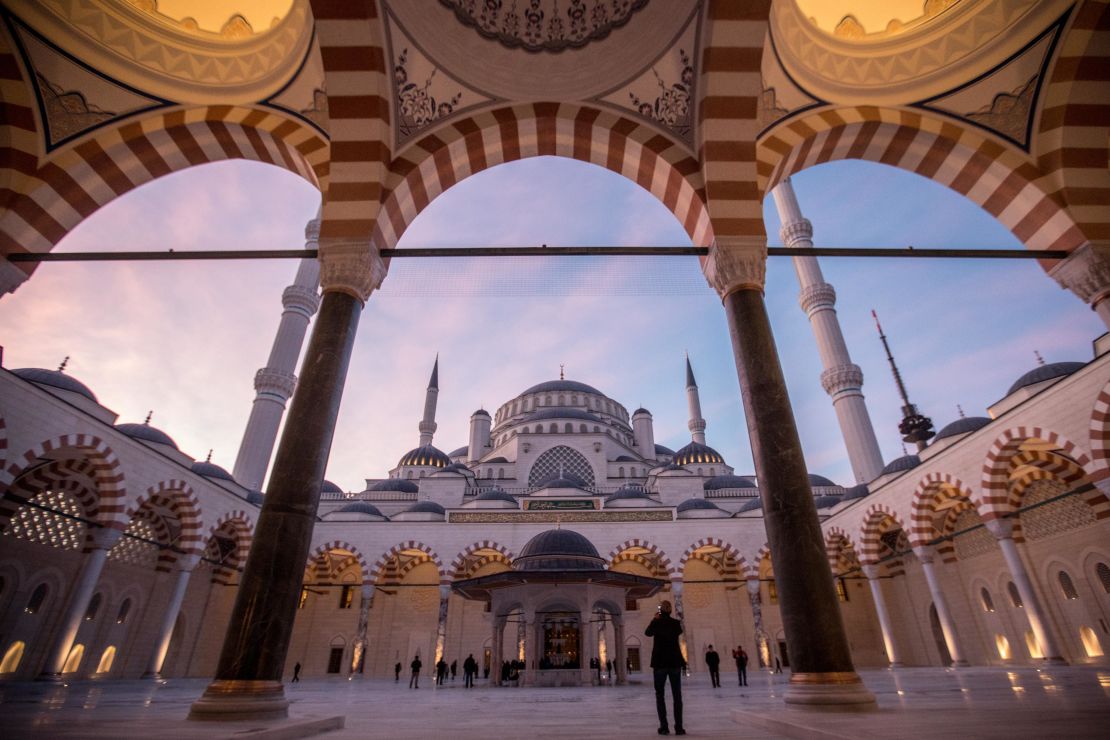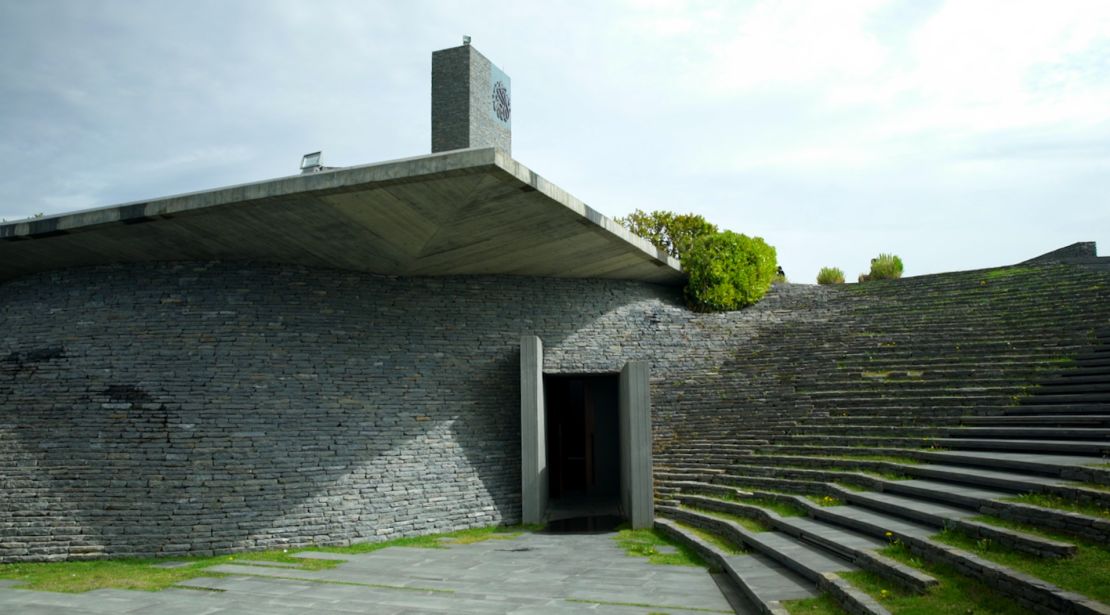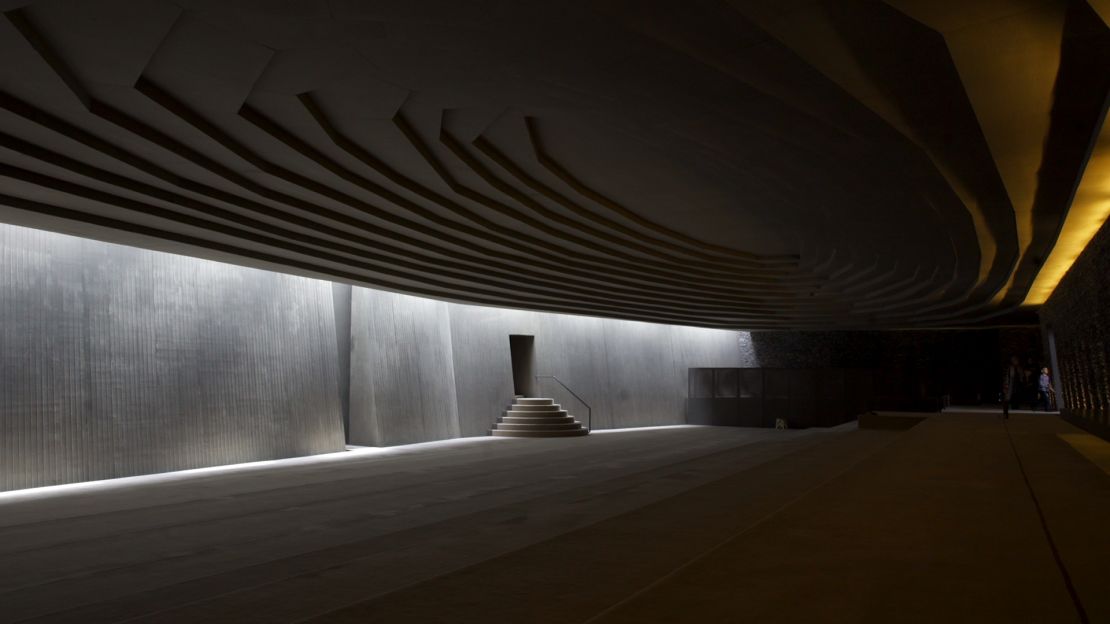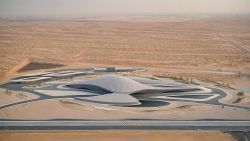Over the past two decades, Turkey has seen a rapid increase in mosque construction. Earlier this year, the country’s largest place of worship – Istanbul’s Camlica Mosque, which can accommodate 63,000 people – officially opened its doors to the public.
Designed in the style of the grand 16th-century mosques of the Ottoman Empire, it was inaugurated by President Recep Tayyip Erdoğan, who has ruled Turkey since 2003. It’s just one of a new breed of neo-Ottoman buildings now popping up all around the country.
“When we speak of a neoclassical mosque, there are three things that come to mind: minarets, domes and arches,” explains Ergin Külünk, president of the mosque’s construction association.
To mitigate Camlica Mosque’s vastness, Külünk said, the designers employed “light, color, glass, ornamentation and calligraphy,” which have a “softening” impact on the space. “We tried to make people not be overwhelmed by the physical hugeness, but make them feel more spiritual,” Külünk says.

But some critics say that the recent proliferation of neo-Ottoman mosques across Turkey could be politically motivated. Associate professor at Boğaziçi University’s history department, Ahmet Ersoy, says: “I think it’s one of the means by which the government is able to propagandize its leadership position in the Islamic world.
“It seems with this new cut-and-paste type of architecture, the general approach is ‘the bigger, the better,’” Ersoy continues. “I think there’s now a popular demand to reconnect to a glorious imperial past.”

Nonetheless, a number of the country’s new mosques – like the award-winning Sancaklar Mosque, designed by Turkish architect Emre Arolat – appear to be distancing themselves from politics. Rather than evoking historical styles, they take a more minimalist architectural approach.

“It’s a simple-looking atmosphere but I believe that there is a specific aura in this interior,” Arolat says of his design, which was constructed in suburban Istanbul. “There (are) not any big ornaments, there is no very powerful light – light is coming from the ‘qibla’ wall (which faces the direction of Mecca). The only ornament of the building is the light, in my opinion.
“You will find that there is not any definition in any Islamic writing or even in the Quran about the form of a mosque,” he adds. “It was very enlightening for me to discover this. I think that this space somehow prepares you to be alone with God.”
The Turkish government had not responded to CNN’s request for comment at the time of publication.





















